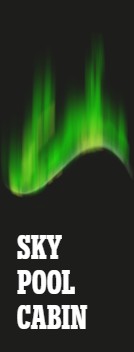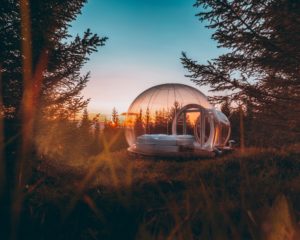Gullfoss Waterfall: Beloved treasure of the Golden Circle
By Taylor van Biljon
Dramatically terraced down the glacial Hvítá river, are some of Iceland’s most famous golden falls.
Gullfoss Waterfall: Beloved treasure of the Golden Circle
By Taylor van Biljon
Dramatically terraced down the glacial Hvítá river, are some of Iceland’s most famous golden falls.
Gullfoss Waterfall is one of Iceland’s most visited natural attractions, and it is not hard to see why. Easily accessible on the Golden Circle route, Gullfoss is a breathtaking three-tiered cataract style waterfall within two hours drive of Reykjavik.
The Golden Falls of the Golden Circle
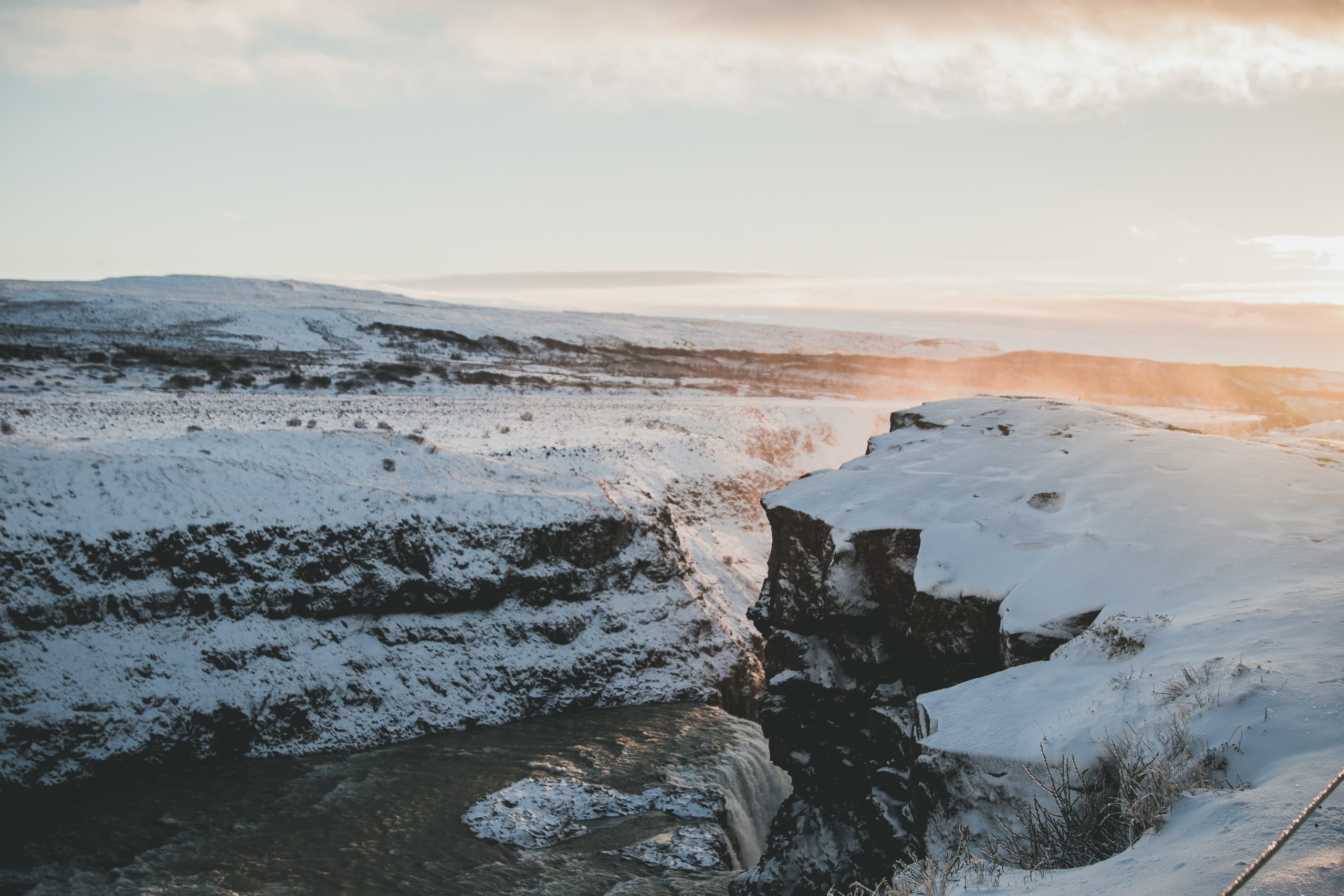
Promptly named for its location, there are a few different stories about how Gullfoss got its lofty name. The most popular is the simple visual of its water shining golden in the gentle sunlight; a scene that produces so many misty rainbows. The more complex, comes to us from Sveinn Pálsson’s travel journal, about a farmer living at Gýgjarhóll.
It is written that the farmer was rich with gold, but he lived with the concern of knowing that he couldn’t spend it all- and he was pained with the idea that someone else might inherit it after he had long passed. (What a problem.)
Out of fear of this imaginary scenario- he packed the gold away in a coffer, and crazed by his own consumptive greed- threw the coffer deep into the swirling depths of Gullfoss.
Whether or not there is truly gold in the bottom of Gullfoss’ rushing depths, it is hard to deny that its shining waters catch the sun like a molten stream of gold straight from Brokkr’s celestial forge. (Though, the amount of rainbows rising out of it might back up that lost treasure theory!)
PLAN YOUR JOURNEY
Travelling to Iceland?
Check our overnight tours with a driver guide that includes a one night stay in a bubble.
*Starting from ISK 59.900 per person
How to get to Gullfoss
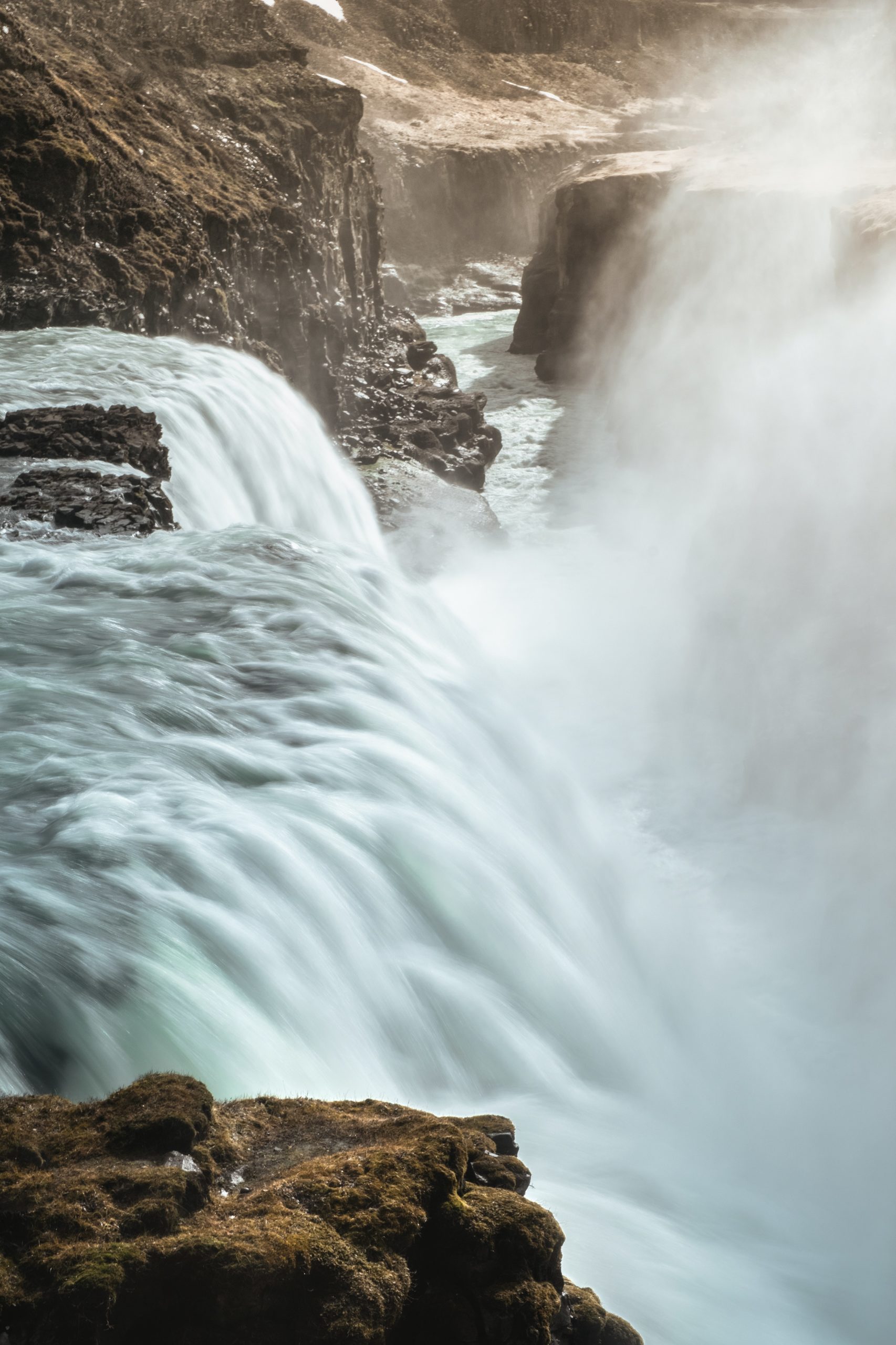
Gullfoss is accessible throughout the year, and is not an attraction that closes or requires an entry fee. There is accessible parking, and access to cafe and shop facilities. Unlike the waterfall however, these facilities operate on a set schedule, and are not open 24/7. It’s a good idea to check ahead before your trip if you would like to visit them.
Some Icelandic waterfalls are viewable from multiple viewpoints- but Gullfoss is uniquely viewed from above after a short walk from the parking lot, with multiple small hiking paths in a protected nature reserve.
Approximately 116 km. away, it takes about 1 hour and 35 minutes to arrive at Gullfoss from Reykjavik. (This is of course if you don’t stop at Lake Thingvallavatn, Laugarvatn Fontana Spa, Efstidalur Dairy Farm, Brúarfoss, or, Strokkur, on the way- which we highly suggest you do!
Because of the close proximity of all of these Golden Circle attractions, it is advisable to give yourself a few hours in order to experience and immerse in all that the drive has to offer.)
That being said, the most direct route to Gullfoss from Reykjavik is to exit town via the Route 01 (Vesturlandsvegur/Þjóðvegur 1), heading North towards Mosfellsbær.
After quite a few roundabouts, you’ll take a right onto Route 036, also known as Þingvallavegur, named for the National Park which you will now be headed towards. This is the northern entrance to the Golden Circle route.
This route will take you directly past all of the aforementioned stops and attractions, and will eventually direct you to follow onto Route 365, so that you can continue to Route 037, or, Laugarvatnsvegur.
This road becomes 035, which will take you straight past Strokkur and into the Gullfoss parking lot, to the right. This is a level drive that is very well marked with clear signage.
Thundering Gullfoss is pretty hard to miss, but just in case- you’ll know you went too far if you suddenly find yourself faced with a fairly rustic F road! The F35 or Kjalvegur, is a scenic route that will take you right next to (and across!) the glacial source of Gullfoss’ pristine flow- but it is a more challenging path that is only permitted for 4×4 vehicles. (If you plan to explore this route, check with Safetravel for area conditions, updated warnings, and driving instructions for river crossings and highland terrain.)
Depending on your itinerary and the direction from which you began the Golden Circle route– you are most likely to visit Gullfoss in the middle of your Golden Circle trip. Check out this winter and summer driving guide for tips to best organize your experience.
How was Gullfoss formed?
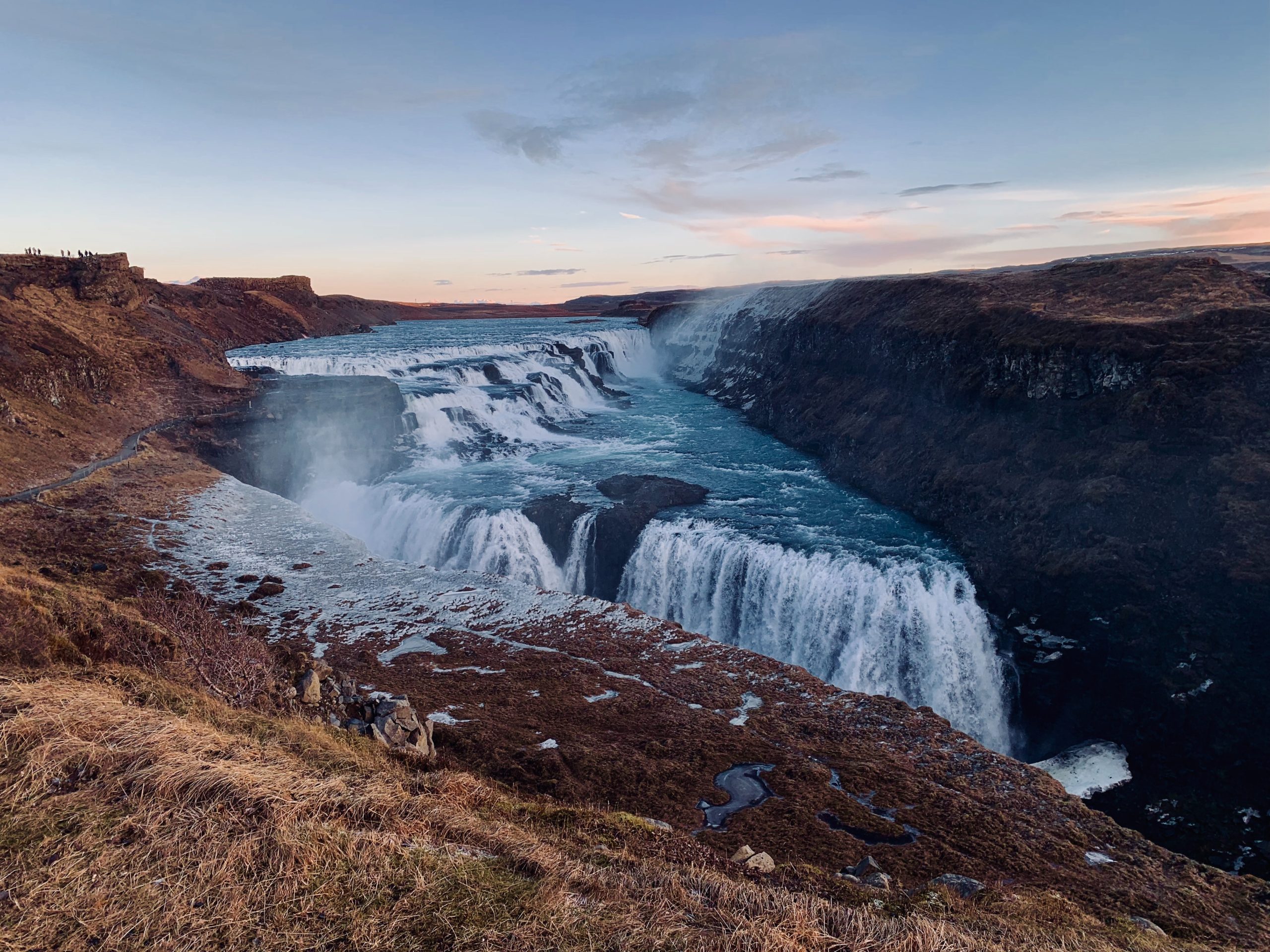
The land in Iceland is constantly changing, pulling apart, forming new layers, and renewing its appearance through various means. It is an awesome reminder of the transformative power of nature, and the incredible force with which our planet was made.
Gullfoss is classed as a tiered cataract, or a variety of waterfall that features a great volume of water rushing over a precipice. A bit further up in north Iceland, Dettifoss in Vatnajökull National Park is another example of a cataract.
Fed from the Hvítá river that is born from the meltwater of the massive glacier Langjökull- geologists believe that Gullfoss was initially created by glacial outbursts. These flash floods would have pushed through the basalt lava terrain, creating the canyon gorge that we enjoy today. These glacial outbursts are called jökulhlaup, which literally means “glacial run”.
Though this is a more common occurrence in Iceland than most of the world, this word is used internationally to signify the event of a glacial outburst flood.
In the beginning, we primarily used this word to describe the massive melt floods from the glacier Vatnajökull that are triggered by geothermal activity and subglacial volcanic eruptions, but now this term is used to describe any large flood release from a glacial body.
These floods are dangerous, and can occur at any glacial source- but we can at least positively credit them with the gift that is Gullfoss, our beloved golden falls.
How much water is in there, anyways?
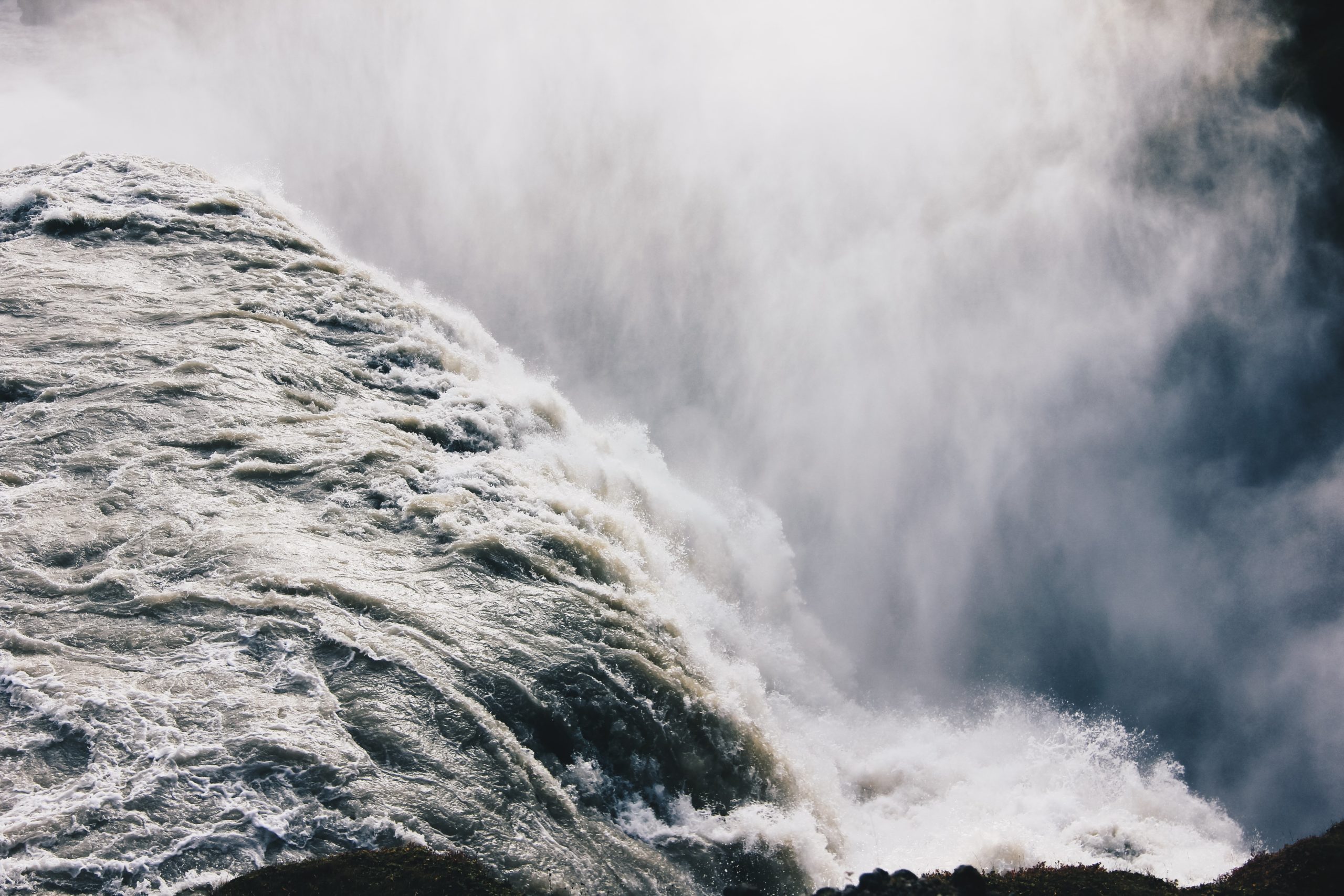
Gullfoss boasts some of the greatest water volume in all of Europe! Typically, its flow is around 110 cubic meters per second. But depending on events in the life of the glacier, the volume can grow up to 2000 cubic meters per second. If you can imagine it, this means that Gullfoss could conceivably fill up almost 50 olympic sized swimming pools in a single minute. That’s almost one a second!
The time of year also has an impact on Gullfoss’ flow. In the winter when things are a bit more solid, we can expect a flow of 80 cubic meters per second. But in the warm temperate summer we can expect nearly 141.
The gorge that houses Gullfoss is approximately 32 meters tall to the top, so one can almost imagine the power generated by Gullfoss- which has been coveted by many who wish to harness it for energy and electricity.
Gullfoss is comprised of a three-step “staircase”, with two plunge points. These plunges are both 11 meters and 21 meters respectively, and they drop into a crevice that is nearly 20 meters wide and 2.5 kilometers in length.
Despite the incredible force of Gullfoss’ golden waters- it is still possible to enjoy activities further down the canyon in the foothills of the great giant. Paddling the rapids of this Icelandic treasure and getting a chance to jump down into the colorful depths is a rush like no other, especially if you think of those 50 olympic swimming pools while you’re in there!
Gullfoss in Hollywood and Legend
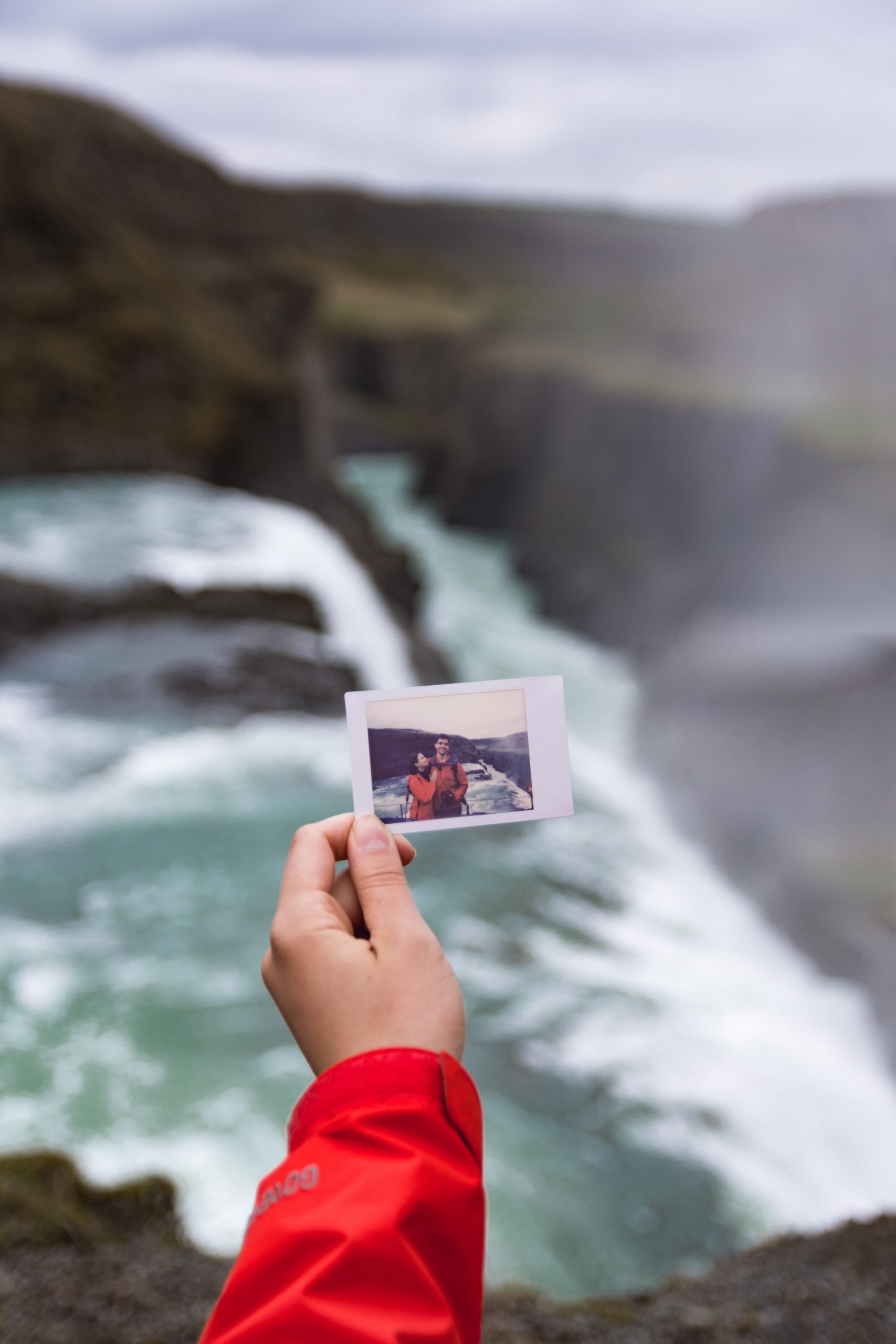
Due to its beauty and accessibility, Gullfoss has appeared in many popular forms of media over the years. You may recognize it on the album cover “Porcupine” by Echo and the Bunnymen, or even in the background of the music video for Live’s single “Heaven”. You can also see it in the TV series “Vikings”, and again in the hit animated TV series “Avatar: The Last Airbender”, in an animated scene where it lent the inspiration of its likeness to a waterfall backdrop near where Sokka learns to sword fight.
Mentioned also in popular text, Gulfoss features as Snorri’s favorite waterfall, in the novella The Odd Saga of the American and a Curious Icelandic Flock by E. E. Ryan. Though fleeting, these and many other artistic interpretations have honored Gullfoss over time.
Perhaps most notable among them all, is the true story of Sigríður Tómasdóttir. Considered to be one of Iceland’s first environmentalists, Sigríður fought to protect Gullfoss’ golden waters from harmful industrialization. Were it not for her valiant efforts, we would have lost Gullfoss long ago to a hydroelectric dam that would have submerged it.
Her tale is told many ways with many details- but the truth that rises from it is the work that she completed to protect this treasure of the Icelandic landscape- and so she is memorialized there near the falls on a sculpture crafted by Ríkarður Jónsson. The lawyer, Sveinn Björnsson, that aided her in her quest; went on to become the first president of Iceland.
It goes to show that Iceland’s true heart is stored and maintained in these natural treasures- and that the best tales of them all, are the fantastical truths of the ones who protect them.
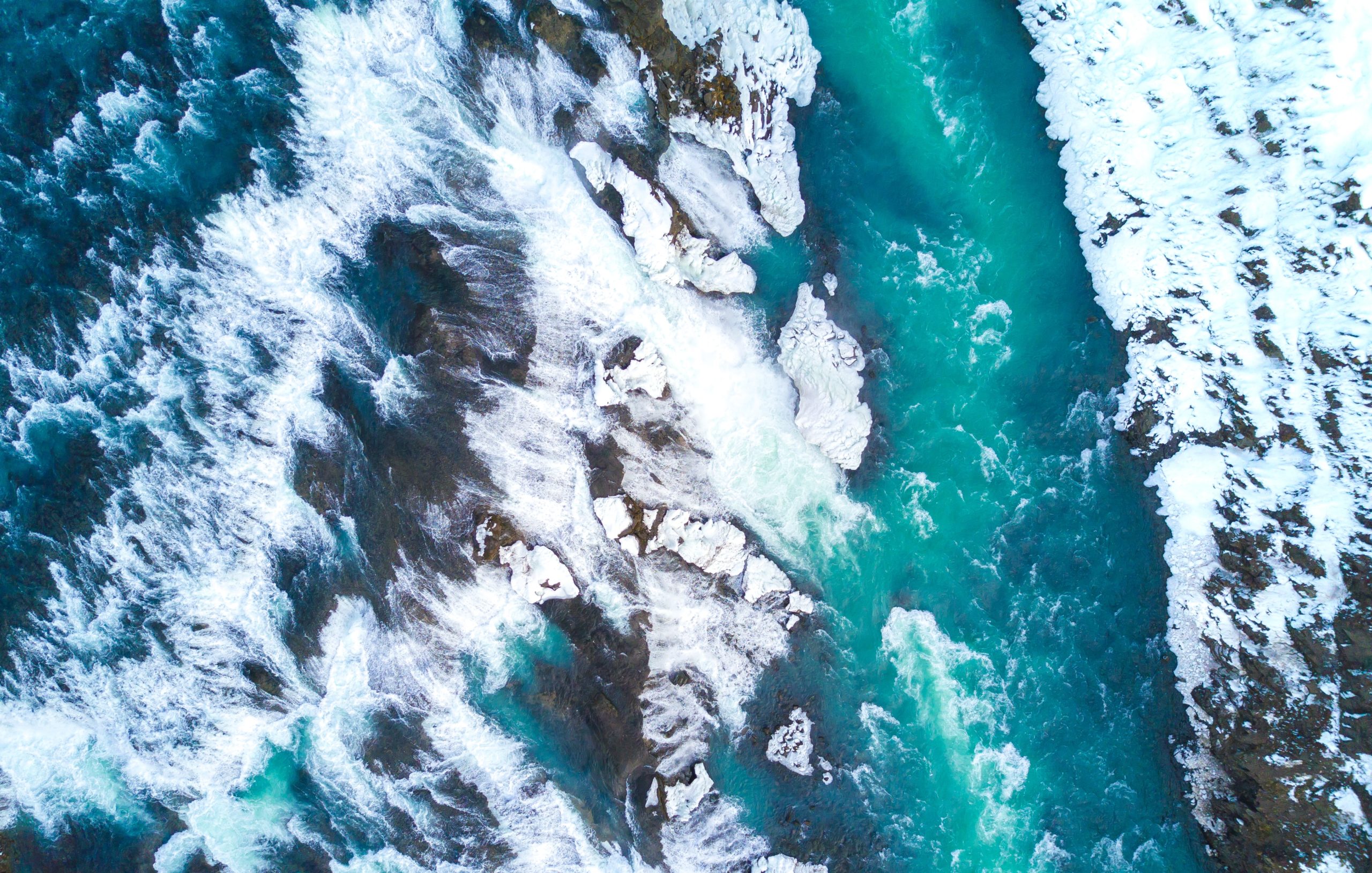
PLAN YOUR JOURNEY
Travelling to Iceland?
Check our overnight tours with a driver guide that includes a one night stay in a bubble.
*Starting from ISK 59.900 per person
